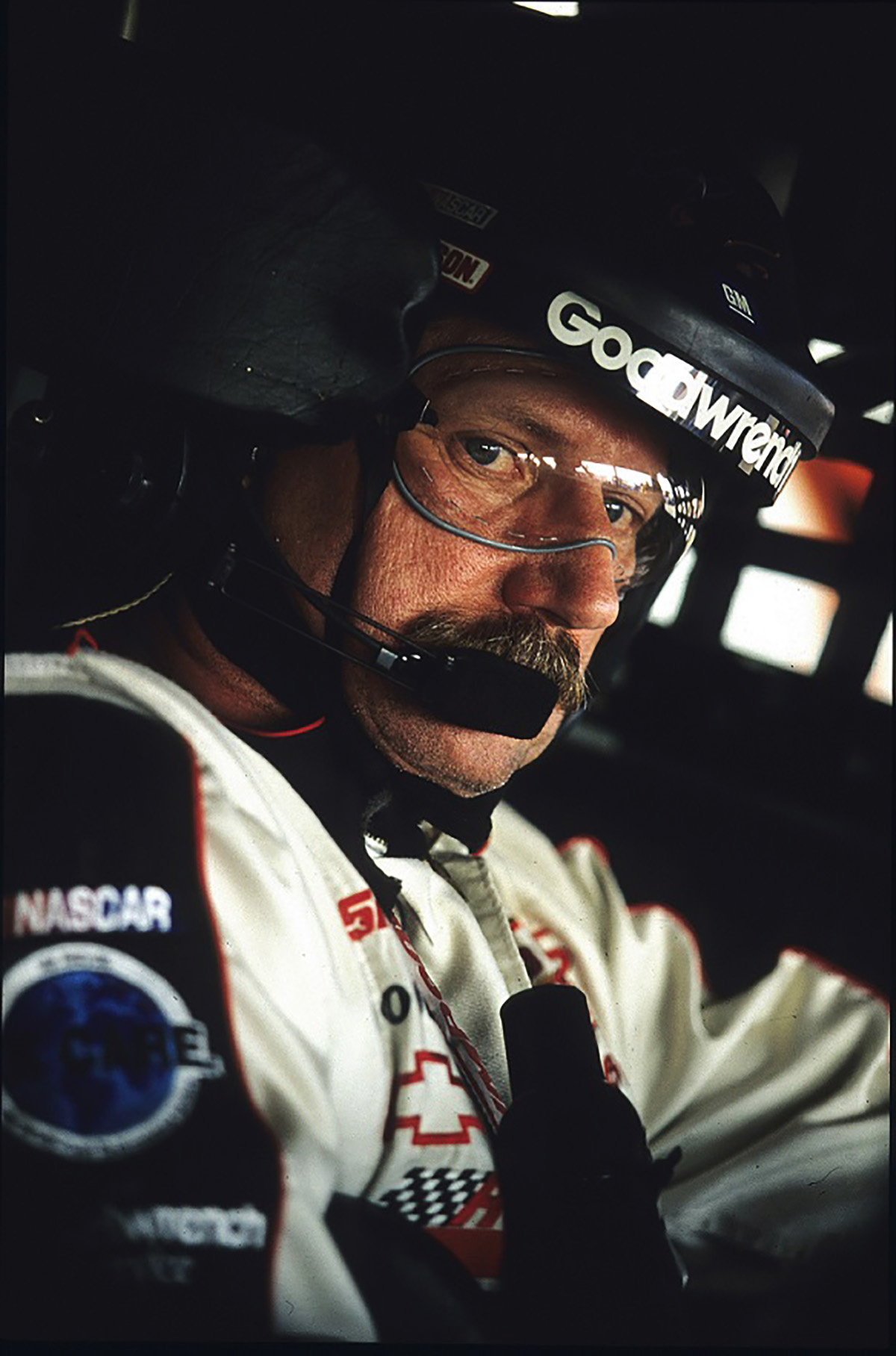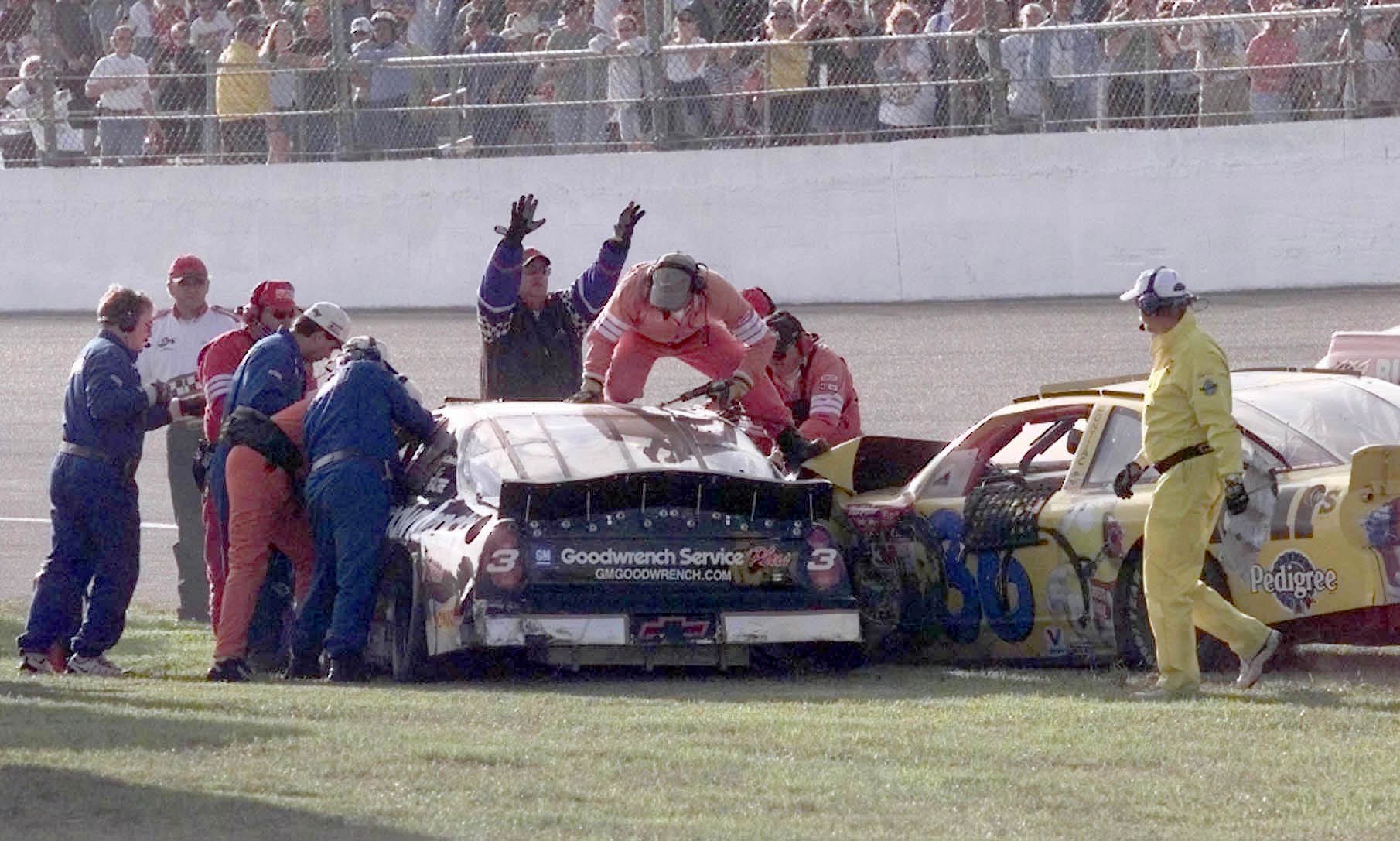When it comes to the world of racing, few names resonate as deeply as Dale Earnhardt. But beneath the glory and triumph lies a tragic tale that has left fans questioning the safety measures in motorsports. Today, we delve into the harrowing reality of basilar skull fracture, specifically focusing on Dale Earnhardt's incident that shook the racing community to its core. This isn’t just a story; it’s a crucial discussion about safety and the lessons learned.
Basilar skull fracture might sound like a medical term reserved for textbooks, but its impact is far-reaching, especially in high-speed sports like NASCAR. Dale Earnhardt's story isn’t just about a legendary driver; it’s about the vulnerabilities that athletes face and the advancements that have been made since his untimely passing.
As we explore this topic, we’ll uncover the intricacies of basilar skull fractures, their causes, symptoms, and the measures taken to prevent such tragedies in the future. This article aims to honor Dale Earnhardt's legacy while ensuring that his story serves as a catalyst for change in the world of motorsports.
- Epstein Island Visits The Untold Story And What You Need To Know
- Dr Moumita Deb Nath The Rising Star In Medical Innovation
Table of Contents
- Biography of Dale Earnhardt
- What is Basilar Skull Fracture?
- Dale Earnhardt's Fatal Accident
- Causes of Basilar Skull Fracture
- Symptoms to Watch Out For
- Diagnosis and Treatment
- Prevention Measures in Motorsports
- The Impact on Motorsports Safety
- Dale Earnhardt's Legacy in Motorsports
- Conclusion and Moving Forward
Biography of Dale Earnhardt
Before we dive into the specifics of basilar skull fractures, let’s take a moment to appreciate the man behind the legend. Dale Earnhardt, often referred to as "The Intimidator," was more than just a driver; he was a symbol of resilience and determination in the world of NASCAR.
Biodata
| Name | Dale Earnhardt |
|---|---|
| Born | April 29, 1951, in Kannapolis, North Carolina |
| Died | February 18, 2001, in Daytona Beach, Florida |
| Profession | Race Car Driver |
| Championships | 7-time NASCAR Cup Series Champion |
Dale Earnhardt’s career was marked by numerous victories and records that continue to inspire drivers today. But his legacy extends beyond the track, as his untimely death brought significant changes to the sport.
What is Basilar Skull Fracture?
Basilar skull fracture is a serious injury that occurs when there’s a break in the base of the skull. Unlike other fractures, this one is particularly dangerous because it can affect critical structures like the brainstem, spinal cord, and major blood vessels. It’s not something you want to mess around with, trust me.
- Gunther Eagleman The Visionary Entrepreneur Redefining Success In The Modern World
- Pics Of Jessica Caban A Deep Dive Into Her Journey And Iconic Moments
Key Characteristics
- Occurs in the base of the skull
- Can lead to life-threatening complications
- Often caused by severe trauma
This type of fracture isn’t common, but when it happens, it’s a big deal. In Dale Earnhardt’s case, it was the result of a high-speed collision, highlighting the risks involved in motorsports.
Dale Earnhardt's Fatal Accident
On February 18, 2001, during the Daytona 500, Dale Earnhardt was involved in a crash that would ultimately claim his life. The impact caused a basilar skull fracture, which was later identified as the cause of his death. This incident sent shockwaves through the racing community and sparked a conversation about safety protocols.
Now, you might be thinking, "How could this happen?" Well, at the time, safety measures weren’t as advanced as they are today. Helmets, seat belts, and other protective gear weren’t designed to handle the forces involved in such high-speed collisions.
Causes of Basilar Skull Fracture
So, what exactly causes a basilar skull fracture? Let’s break it down:
- High-impact trauma to the head
- Car accidents
- Falls from significant heights
- Sports-related injuries
Each of these scenarios involves a significant amount of force being exerted on the skull, leading to a fracture. In Dale Earnhardt’s case, the forces generated during the collision were simply too much for the protective gear of the time to handle.
Symptoms to Watch Out For
Recognizing the symptoms of a basilar skull fracture is crucial for timely intervention. Here’s what you should look out for:
- Clear or bloody drainage from the ears or nose
- Bruising around the eyes or behind the ears
- Swelling or deformity around the base of the skull
- Difficulty speaking or swallowing
If any of these symptoms are present, it’s important to seek medical attention immediately. Early diagnosis and treatment can make all the difference in preventing long-term complications.
Diagnosis and Treatment
Diagnosing a basilar skull fracture typically involves imaging tests like CT scans or MRIs. These tools allow doctors to get a clear picture of the injury and assess its severity. Treatment options vary depending on the specific circumstances but often include:
- Hospitalization for monitoring
- Surgical intervention if necessary
- Medications to manage pain and prevent infection
In Dale Earnhardt’s case, the injury was so severe that there wasn’t much that could be done. But advancements since then have made it possible to save lives in similar situations.
Prevention Measures in Motorsports
Following Dale Earnhardt’s death, significant changes were made to improve safety in motorsports. The introduction of the HANS device (Head and Neck Support) was a game-changer, reducing the risk of basilar skull fractures in high-speed collisions.
Other measures include:
- Improved helmet designs
- Enhanced track safety features
- Stricter regulations on protective gear
These changes have undoubtedly saved lives and continue to evolve as technology advances.
The Impact on Motorsports Safety
Dale Earnhardt’s death was a wake-up call for the motorsports industry. It led to a reevaluation of safety standards and a commitment to protecting drivers at all levels. The impact can be seen in the reduced number of serious injuries in recent years, proving that progress can be made even in the most dangerous environments.
But the work isn’t done yet. Continuous research and development are essential to ensuring that every driver can race with confidence, knowing that their safety is a top priority.
Dale Earnhardt's Legacy in Motorsports
Dale Earnhardt’s legacy is one of greatness and tragedy. His contributions to the sport go beyond his seven championships; he was a pioneer who pushed the boundaries of what was possible on the track. And while his passing was a heartbreaking loss, it has inspired a generation of drivers and engineers to strive for excellence in both performance and safety.
His story is a reminder that even the strongest among us are vulnerable, and that it’s our responsibility to learn from the past and build a safer future.
Conclusion and Moving Forward
Basilar skull fractures are a serious concern, especially in high-risk environments like motorsports. Dale Earnhardt’s story serves as a poignant reminder of the importance of safety and the need for constant improvement in protective measures.
As we move forward, let’s honor his legacy by continuing to push for advancements in technology and safety protocols. Whether you’re a fan, a driver, or a part of the industry, there’s a role for everyone in making motorsports safer for all.
So, what’s next? Share your thoughts in the comments below, and don’t forget to check out our other articles for more insights into the world of motorsports. Together, we can keep the conversation going and ensure that Dale Earnhardt’s story inspires positive change for years to come.
- Dan Abrams First Wife The Untold Story Behind The Scenes
- Payton Pritchard Wife The Untold Story Behind The Nba Stars Love Life


